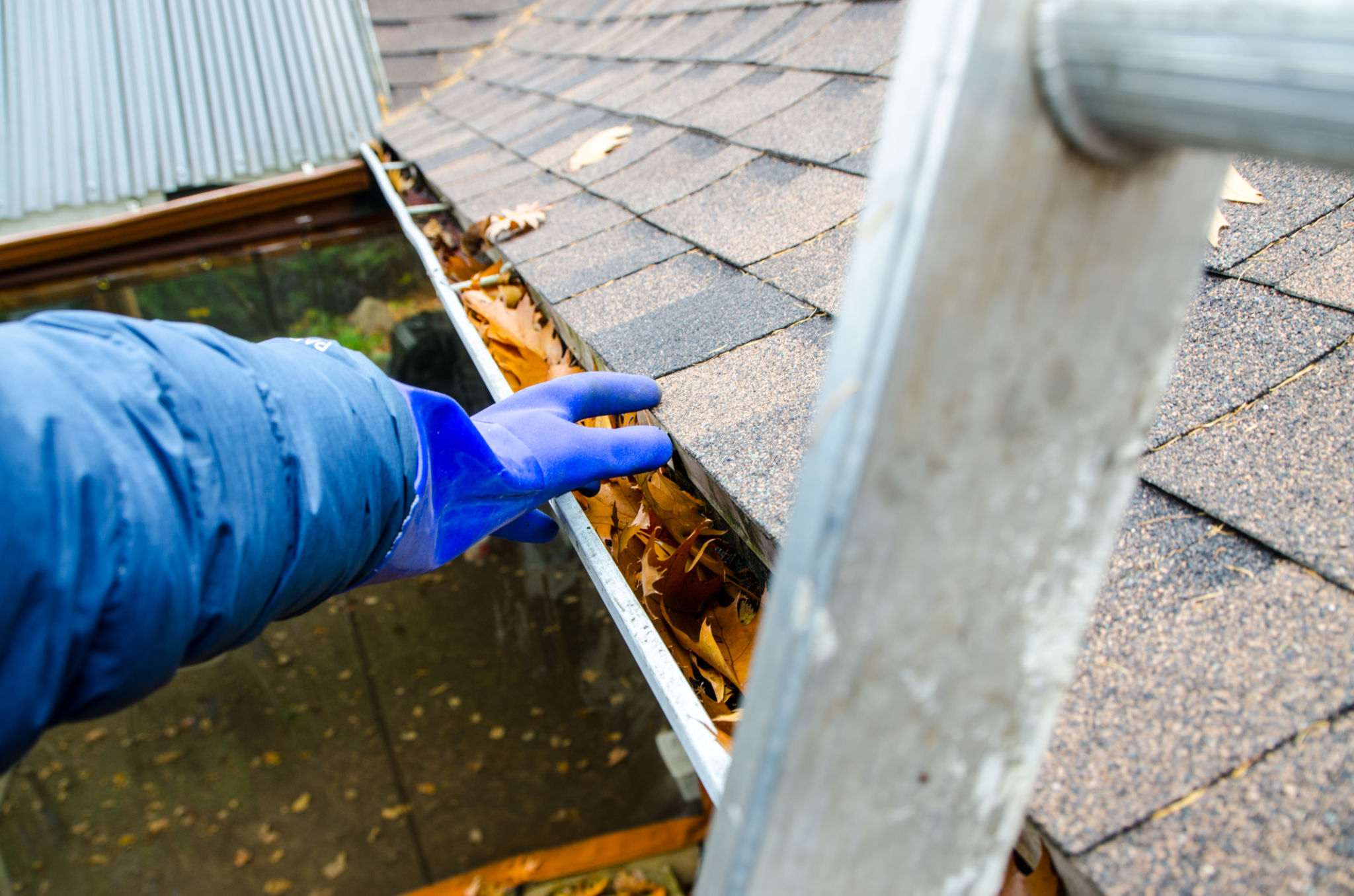DIY Roof Inspection Tips: How to Identify Common Roofing Problems
Understanding the Importance of Roof Inspections
Your roof is your home's first line of defense against the elements, and maintaining it is crucial for the overall health of your home. Regular roof inspections can help you identify potential problems before they become costly repairs. By conducting your own DIY roof inspections, you can save money and ensure your roof remains in good condition.

Preparing for the Inspection
Before you begin your roof inspection, make sure you have the right tools. A good pair of binoculars, a sturdy ladder, and a camera or smartphone for taking photos are essential. Safety should always be your top priority, so wear appropriate footwear and avoid inspecting the roof during wet or windy conditions.
Checking Shingles and Tiles
One of the most common roofing problems involves damaged shingles or tiles. Look for missing, cracked, or curling shingles, as these can lead to leaks and water damage. If your roof has tiles, check for any that are broken or loose. It's important to address these issues promptly to prevent further damage.

Inspecting Flashing and Sealant
Flashing is used to seal areas where the roof intersects with other structures, such as chimneys and vents. Over time, flashing can become damaged or corroded, leading to leaks. Inspect the flashing for any signs of rust or gaps. Additionally, check the sealant around seams and joints to ensure it's intact and not cracked.
Gutter and Downspout Evaluation
Your gutters and downspouts play a vital role in directing water away from your home. During your inspection, make sure they are free of debris such as leaves and twigs, as clogs can lead to water overflow and damage. Also, check for any signs of sagging or loose connections.

Examining the Attic
A thorough roof inspection includes a look inside your attic. Check for any signs of water stains on the ceiling or walls, as these can indicate a leak. Also, inspect the insulation for dampness or mold growth, which can compromise its effectiveness and indicate moisture issues.
Signs of Animal Intrusion
Animals such as birds, squirrels, or raccoons can cause significant damage to roofs. Look for signs of nests or gnaw marks on shingles or vents. Preventing animals from accessing your roof can save you from costly repairs down the line.
Conducting Regular Inspections
Regular DIY roof inspections are a proactive way to maintain your home’s integrity. Aim to inspect your roof at least twice a year, ideally in spring and fall. By identifying issues early, you can take timely action and potentially save thousands in repair costs.
In conclusion, while a DIY roof inspection can help identify common problems, it's important to consult a professional roofer if you're unsure about any findings or if repairs are needed. This ensures that all issues are addressed correctly and safely.